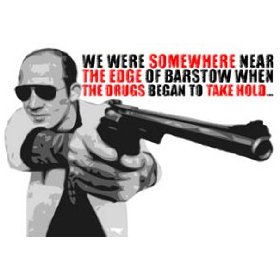Brandon Baker's DP Reel 2009 from Telecommunication and Film at th on Vimeo.
Brandon Baker
TCF 312
Artist Statement
December 1, 2009
My goal every time I get behind the camera is to capture a moment that otherwise would fade into a memory almost instantaneously. After becoming familiar with different techniques in the film genre, I have come to realize my desire to document and capture the memories and events that happen around us everyday. My aim as a filmmaker is to film an event or occurrence and capture that to my camera in order to share with the world or whoever desires to see it.
I have become enthralled with the level of technology that exists today and strive to continue to gain a mastery of all the tools necessary to make me successful. My amateur attempts at filmmaking have led me to a love for recording live music. There is something special about live music because that one performance will only happen that one time. Being able to capture that one unique and special event on a medium for those not there to relive is a powerful influence on my drive to want to continue in the field. I do not simply try to capture the event exactly as it happens, although it calls for that sometimes; I would rather take an event and turn into my own work with the original occurrence as the main influence and inspiration.
My mission as a filmmaker is to make my audience feel one with the event and to create an environment that makes the viewer feel that they never actually missed what it is they are seeing. We the people have a right to information and the ability to access that information is a necessity into today’s age, my goal as a filmmaker is to make that possible. No matter the calling, I will go where I am needed and do the task at hand to the best of my abilities.










